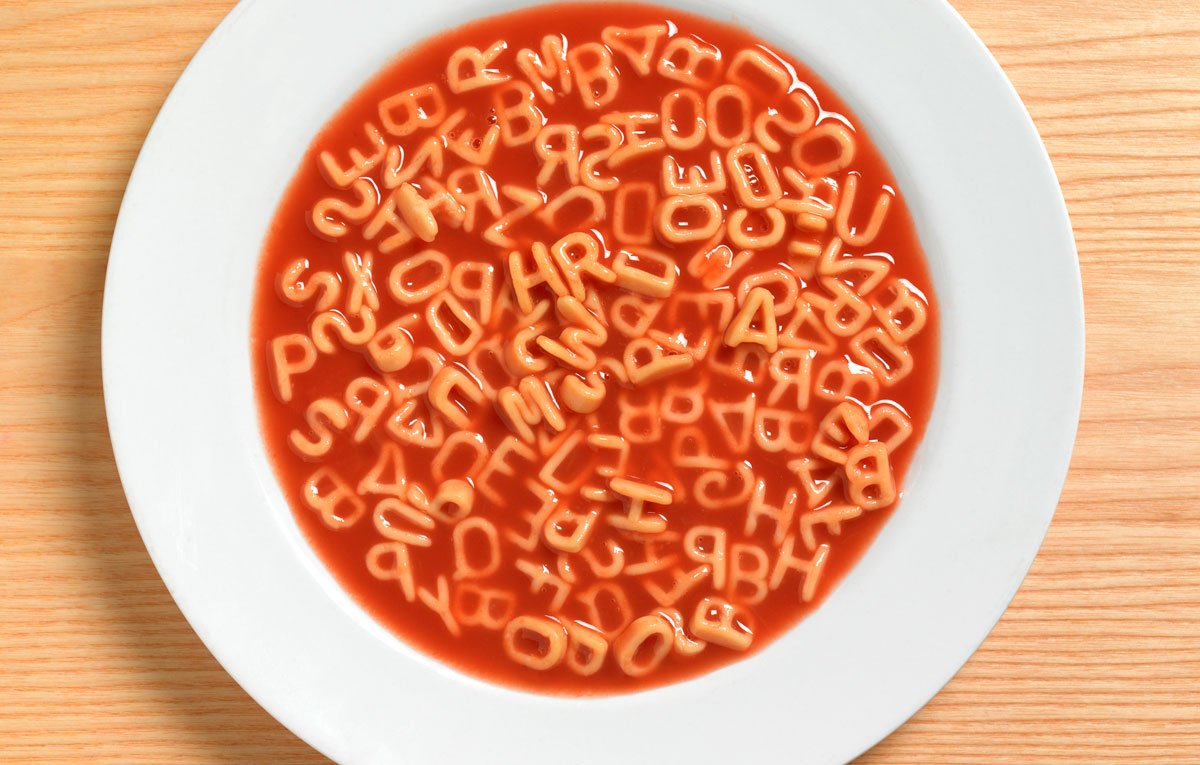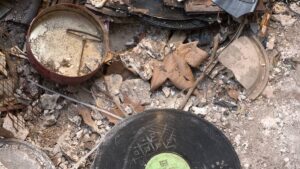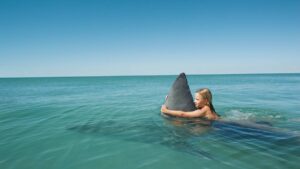The A to Z of Dr Boreham’s Crucible in 2022

Picture: Getty Images
The long and short of 2022 is that it was a frustrating period for the Australian biotech sector but one with its fair share of rewards as the sector’s exponents furthered worthy drugs, diagnostics, devices and doodahs.
For the sixth year, the ersatz Dr Boreham cast his eye weekly on a worthy specific company (usually listed, but not necessarily so).
Here’s the A-Z of his key findings, pending a Royal Commission, Senate Select Committee inquiry or possibly a censure motion:
A is for Arovella, formerly Suda and an exemplar of the sector’s ability to change with the times. Aro-Suda was pursuing spray mist-based drug delivery, but has now abandoned that in favour of CAR-T, which is not a T-model Ford but a type of cancer immunotherapy.
A is also for Adherium, which is commercialising a device to improve adherence to medications for asthma and chronic obstructive pulmonary disease (COPD). The company’s sharpened strategy is based on data generation just as much as the devices, which means medicos can win reimbursement.
B is for bio-bargains, which abounded both here and on the Nasdaq as the market swooned early in the year. Companies in Phase III trials are trading at a smidgin of their worth when they were less advanced and often not far above cash backing. We tender Pharmaxis and Dimerix (see below) as evidence.
C is for Covid. But hang on! We’re officially over that topic even though the disease remains rampant and swathes of China remain locked down.
So instead, we’ll mention Cronos, the medical cannabis market place that has achieved a rare feat for the sector: profitability. The company even paid a dividend – and we’re not smokin’ anything.
Sadly, the company has also been embroiled in controversy over the circumstances of the departure of chief medical officer Dr Benjamin Jansen.
Which just goes to show that where there’s smoke, there’s ire …
D stands for Dimerix, the kidney diseases specialist in Phase III for its lead compound DMX-200, to treat the rare kidney condition focal segmental glomerulosclerosis (FSGS).
It’s also on the job with the more common diabetic kidney diseases (DKD), the common link being fibrosis, or scarring.
E is for elections – Federal, Victorian and in an important part of the Americas (yep- Brazil).
E is also for the California based, ASX-listed EBR Systems, which is developing a cardiac lead to regulate the difficult-to-access left ventricle.
The size of a grain of rice, the Wise device doesn’t need an in-built battery and is only five to six percent the size of other wireless pacemakers.
F is for floods, which blighted the east coast at a time when biotech sector valuations were underwater in a more metaphorical sense.
F is also for Firebrick Pharma, which listed in late January on the back of a nasal spray variant of Betadine, to kill the common cold (or ’flu) virus.
Firebrick’s chief germ buster Dr Peter Molloy used to lead influenza drug house Biota, so he knows his way around a nasal cavity (so to speak).
G is for G-spot, but because we’re a G-rated publication we will settle for the Glorious lung imaging innovator 4D Medical, which soon might be able to boast of ‘by appointment to the US military’ among its early achievements.
The only provider of four-dimensional models of lung function in the world, 4D is focusing on US veterans with serious lung conditions such as constrictive bronchiolitis.
H is for is for Harry and Meghan, but that could well be filed under W for ‘Who cares?’
H is also for heart devices. There’s the aforementioned EBR as well as Imricor, which is developing catheters guidable by magnetic resonance imaging, rather than traditional X-ray methods.
I is for inflation, which hasn’t exactly applied to biotech share prices. I is also for Inoviq, formerly Bard1 which merged with cancer diagnostics house Sienna Diagnostics.
The company is a tad baffling but they must be doing something right given its shares this week rose 20 per cent after encouraging results for an ovarian cancer assay.
J is for Jab, or the lack thereof: the private Vaxxas plans to list on the back of a novel device that would deliver vaccines and medications through the skin, rather than via an injection.
This one really won’t hurt a bit if it gets to commercialisation stage.
K is also for ‘ker-ching!’ as Resapp holders accepted a $170 million buyout offer from Pfizer. Resapp’s mobile telephone software application seeks to identify respiratory disorders based on the nature of the user’s cough, but in the end, investors were happy to see Pfizer splutter up the readies.
K is for Kazia, one of the year’s biggest disappointments as its co-operative global glioblastoma (brain cancer) trial foundered.
Kazia shares have lost more than 90 per cent of their value over the last year – more a case of ‘kaboom’ than ‘ker-ching’.
L is for longevity as companies such as Pharmaxis, Starpharma and Immutep keep plugging away. L is also for LBT Innovation, which finally looks to be making progress with its automated Petri dish analysis device.
M is for Morrison, Scott and his multiple ministries. M is also for Marvellous, which describes initial US sales of Telix Pharmaceuticals new isotope system for prostate imaging, called Illuccix.
M is also for the magnificent Microba, which listed in April on the back of its tests enabling consumers, clinicians and researchers to measure the gut microbiome. In other words, the good bugs which moderating disease and digestion.
On November 28, Microba shares bounded more than 50 per cent on news that pathology giant Sonic Healthcare would invest just under $18 million to take a 19.9 per cent stake.
N is for nasal swab test and the ever-industrious Rhinomed and perennial Biotech Daily CEO of the Year candidate Michael Johnson.
Rhinomed brought a kids-friendly version of its clip-on nose appendage – an alternative to the long ‘brain stab’ swabs – to market.
N is also for ‘no money’ – and there’s a few biotechs who will need to think seriously about where their next dollar is coming from in 2023.
O is for Opthea. Speaking of capital raisings – the ASX and Nasdaq-listed eye diseases house defied the sector’s funding drought by raising a minimum $300 million, via a deal with US life sciences development company Launch Therapeutics.
The dosh will support Opthea’s phase III trials of its drug candidate for OPT-302, for the hard-to-treat, back-of-the-eye disease wet aged-related macular degeneration (wet AMD).
P is for pivoting: the aforementioned Arovella to CR-T and – arguably – Clinuvel to non-skin related and over-the-counter therapies. Fortunately, we haven’t seen anyone eschew drugs in favour of coal mining in Alabama, as one out-of-luck biotech once did.
P is also for ‘poo test’ and Rhythm Bioscience’s promising quest to replace the unpopular bowel cancer assay with a blood test.
Q is for Queen, the death of (and long live the King). Q also stands for Qbiotics, the ever-interesting unlisted outfit targeting oncologic and veterinary therapies based on biologic material from the Daintree rainforest (a.k.a. nature’s pharmacy).
Having got a canine cancer treatment to market, Qbiotic’s focus has returned to treating two-legged cancers including melanoma and the difficult-to-treat head and neck squamous cell carcinoma
R is for RATs, which have all but supplanted the more accurate but expensive polymerase chain reaction testing for Covid. Genetic Signatures was one diagnostic company to surf the PCR boom; now it’s emphasising other indications in its (considerable) testing armoury.
Meanwhile, Atomo Diagnostics has seen its shares fall 70 per cent despite having approved rapid HIV and Covid tests in the market.
Meanwhile, the private, hero-to-zero Ellume called in the administrators; and the FDA rejected an application from Lumos Diagnostics to market its Febridx product in the US.
The regulator was concerned the test could not distinguish adequately between bacterial and viral respiratory infections.
Rats!
S is for strokes, the nasty affliction striking down 15 million people each year.
Emvision and Micro-X are on the case with portable detection units to improve diagnosis, while Clinuvel is launching a trial for a potential treatment.
All we need is a stroke of good fortune for one of these Aussie innovators to become a global hero.
T is for telehealth, an emerging market being pursued by the likes of Adherium, Respiri (asthma detection) and the now de-listed Resapp and the patient management software purveyor Alcidion.
T also stands for $280 million market cap Trajan Group, which is becoming a carefully-calibrated force in precision scientific instruments.
U is for Ukraine – enough said – and the Uncomplicated story of Recce Pharmaceuticals, which is developing a better antibiotic to treat dangerous hospital conditions such as sepsis.
V is for vaccines – not that there are many ASX-listed vaccine plays beyond CSL. By the way, CSL stirred things up early in the piece with its left-field purchase of Swiss kidney diseases house Vifor.
Vifor? Vynot, we say.
V also stands for the Kiwi breast cancer detection house Volpara Technologies, which is taking a more cost-conscious course under ebullient new American CEO Teri Thomas.
W is for Woke, the overused pejorative descriptor for those with overtly progressive views. It also stands for Woke Pharmaceuticals, the unlisted psychedelic play with far-out clinical programs for magic mushrooms and LSD.
X is for Xanadu, one of Actinogen’s clinical programs for Alzheimer’s disease. The company is batting on nicely after earlier setbacks, but sadly Olivia Newton John – star of 1980s musical Xanadu – is not. Vale, Olivia, whose legacy will be remembered with the Olivia Newton-John Cancer Research Institute (and wellness centre).
Y is a crooked letter that can’t be straightened, a response that every exasperated parent of a toddler asking “why” has resorted to.
Y is also for ‘yes,’ the response sought by multiple Aussie biotechs seeking FDA approval. It’s a hard slog and the answer is often filed under ‘N’.
Z is for zzzzz and the enduring performance of Resmed in the sleep apnoea sector. Just for a change, this month we also covered Resmed wannabe Fisher & Paykel Health, a sleepy (sorry) Kiwi player albeit with a tidy $10-billion plus worth.
Zzzz is also the sound of your columnist on the sofa at 4pm on Christmas Day, happily engorged with Heart Foundation-approved plum pud and the finest red that Dan Murphy’s bargain bin can offer.
See you next year!
Related Topics

UNLOCK INSIGHTS
Discover the untold stories of emerging ASX stocks.
Daily news and expert analysis, it's free to subscribe.
By proceeding, you confirm you understand that we handle personal information in accordance with our Privacy Policy.








